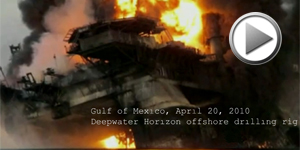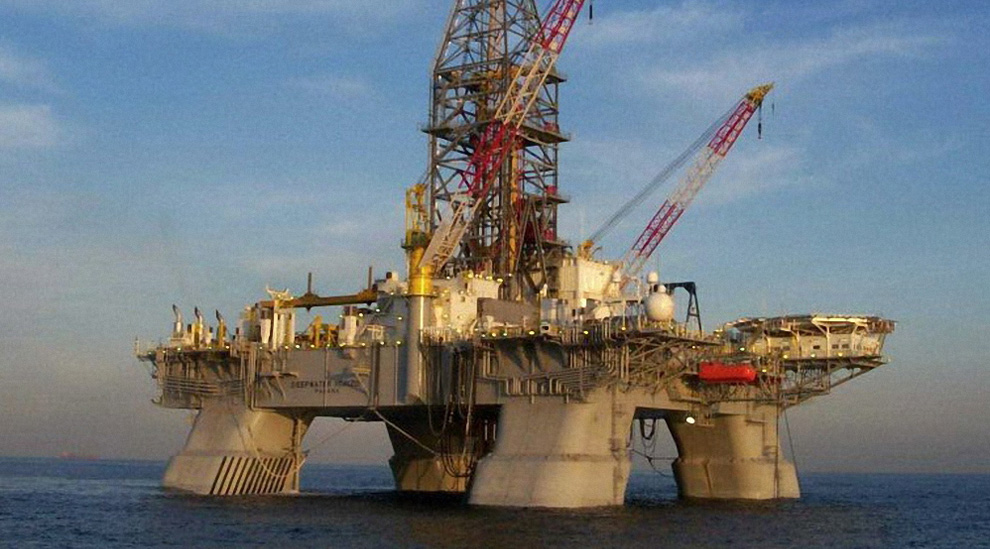System Safety
The emergency room can easily get out of control. Especially when you have multiple casualties. Like the time a woman picked up seven kids in a VW microbus and ran head-on into a truck. No seat belts. Eight of them went through the windscreen and hit the front of the truck. When that many critical cases turn up at once in casualty you can get panic. People can stick needles in the wrong place; in hearts, in the liver and then you've got more problems... bleeding. It can go pear shaped from there.
- An ER surgeon
People in general are not good at handling emergencies. Mainly because we aren't trained for them and almost never experience them. In extreme situations fear crowds out our working memory and we are unable to complete even simple tasks. It gets worse in the age of automation as we give over much of our thinking to machines. The Dubai Metro Railway does not have train drivers. Uninhabited air vehicles land themselves in dust storms without human intervention. We live in an increasingly sanitised world: all necessities provided, all anxieties tranquilized, all boredom amused ... by software intensive systems ... until something goes wrong, a trusted machine suffers a dangerous failure and we are not equipped to deal with the outcome.
Dangerous failures fall into two broad categories:
- Acts of omission: a railway tunnel fills with smoke and the smoke extraction system does not work
- Acts of commission: a military strike jet releases a missile without a command from the pilot.
Given mankind's increasing reliance on automation and the almost exponential increase in our opportunities to screw up and hurt people, the systems engineering profession invented a new discipline in the late 20th century: functional safety management.
Functional safety management was conceived to stop hazardous situations involving automation from getting out of control. It is a discipline of spending quiet hours reflecting on what could go wrong with a system and taking action ahead of time to eliminate the risk of harm to life and property or at least to reduce its severity and probability of occurrence to acceptable levels. It also reflects on what can be done if all our best laid plans fail and the unthinkable happens.
This discipline is now an essential part of any project developing a safety related system. The systems engineering profession has recognised its importance and codified process approaches to building safety into systems in international standards (refer Functional Safety Management).
Compliance with these standards is a routine requirement of major capital projects.
CA's role is to assist our clients in complying with these requirements and building safer systems.
Services
CA provides functional safety consultancy and management services to chemical processing, defence, road and railway transportation industries in Australia and the Asia Pacific region.
We combine practical knowledge of engineering complex systems with hands-on experience in applying functional safety techniques in a variety of systems engineering projects. Our service offerings include:
Project roles:
- Safety authority responsible for a project's functional safety program
- Safety engineer performing safety engineering tasks such as hazard analysis and risk assessment.
Project services:
- Conduct hazard analysis
- Conduct risk assessments
- Specify safety retirements
- Perform design reviews
- Manage hazard logs
- Prepare safety cases.
Governance:
- Functional safety management compliance auditing
- Functional safety process assessment
- Methodology development
- Management advice - establishing a functional safety program
- Safety case strategic advice.
Tendering:
- Conduct preliminary hazard analysis
- Prepare tender packages (safety-related aspects)
- Produce technical scopes of work
- Prepare tender responses
- Evaluate bids.
Training in:
- The requirements of functional safety standards (eg. IEC 61508, EN 50128)
- Hazard analysis and risk assessment
- Safety requirement analysis and specification
- Managing functional safety programs
- Developing safety cases.
Case Studies
| Pacific Link Alliance(Road Tunnel Fire Protection Systems) |
The Tugun Bypass is a 7.5 km motorway providing a high-speed link between the Gold Coast and northern New South Wales by bypassing the suburb of Tugun. The bypass includes a tunnel under the Gold Coast Airport runway. The Queensland Government appointed the Pacific Link Alliance (PLA) to design and construct this motorway at a
cost of $600 million. The PLA comprised Queensland Main Roads, Abigroup Contractors Pty Ltd and SMEC Australia Pty Ltd.
As a safety measure the road tunnel was fitted with state of the art intelligent transportation, building management, tunnel
ventilation and fire suppression systems. The tunnel fire suppression systems are managed with a three level hierarchical control system which, under normal operating conditions, is monitored from the Nerang Traffic Management Centre 29 km from the tunnel. The construction contract required the fire suppression and smoke extraction systems to comply with the
requirements of IEC 61508.
CA was the Pacific Link Alliance's Safety Authority for this project (refer to the side bar for duties).
|
| Honeywell Taiwan (Taiwan High Speed Rail Project) |
The Taiwan High Speed Rail Corporation built a 300 km/hr train service between Taiwan's two major cities of Kaohsiung and Taipei,
a distance of 350 km. On contract to Honeywell Taiwan, CA worked on the building services and smoke extraction control systems at the main underground station, Taoyuan and the largest depot, Tsoying.
CA was Honeywell's Safety Authority for the project providing the Functional Safety Manager and Safety Engineers (refer to the side bar for duties). |
| Foxboro (Hong Kong Mass Transit Railway Project) |
Hong Kong's Mass Transit Railway System underwent a major refurbishment of its traction power and environmental control systems. Foxboro Australia Pty Ltd won a A$70 million contract to provide a Supervisory Control and Data Acquisition System to control the distribution of traction power to the trains and to regulate air flow, temperature and humidity in 37 MTR stations and connecting tunnels.
CA prepared a successful safety case for the safety related Environmental Control and Smoke Extraction System. |
|

Safety Authority Roles & Responsibilities
The Safety Authority takes management responsibility for a project's functional safety program. The objectives of the programme are to:
- Analyse hazards. Identify the hazards associated with the target control system and all equipment under control
- Assess risks. Assess the risks that these hazards may represent a threat to life and property
- Reduce risk. Develop strategies to reduce the probability and severity of any identified risks to a level that is acceptable to the client. This is achieved by introduction of safety related requirements for the target control system together with manual operational procedures if applicable
- Identify safety requirements. Develop a programme of work which will ensure that safety requirements are identified and implemented
- Make a safety case. Provide a means for demonstrating that all planned safety-related activities have been successfully completed and the target risk reduction has been achieved.
Safety Management Activities
The Safety Authority supervises or performs the following activities:
- Preliminary Hazard Analysis. Conduct a preliminary hazard analysis.
- Safety Planning. Prepare a Functional Safety Plan. The plan provides a detailed strategy for reducing safety
risks to a level acceptable to the client
- Hazard analysis. Perform on-going hazard analysis, creating, maintaining and closing-out the project's hazard log
- Contractor surveillance. Audit subcontractors for compliance with functional safety and project management plans and any international standards required by the contract
- Safety requirements specification. Specify system safety requirements arising from safety risk reduction strategies
- Safety requirements validation. Develop test procedures to validate safety requirements
- Safety case. Develop the project's safety case providing evidence that the planned risk reduction has been achieved and is acceptable to the client.
The Hazard Analysis and Risk Assessment Process

|


